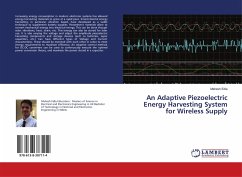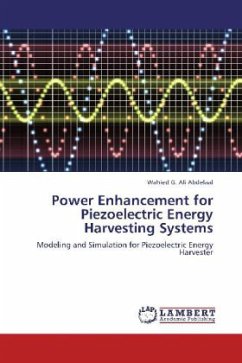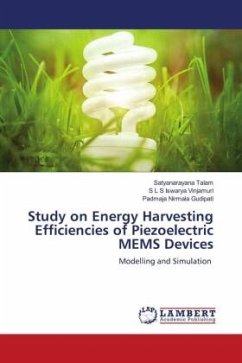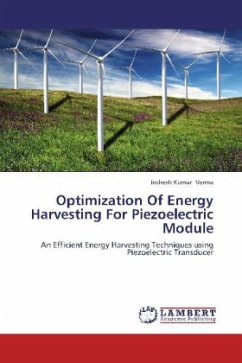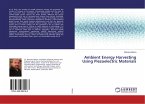Vibration-based energy harvesting is one of the attractive solutions for powering autonomous microsystems, due to the fact that, vibration sources are ubiquitous in the ambient environment. Basically, the vibration-to-electricity conversion mechanism can be implemented by piezoelectric, electromagnetic, electrostatic, and magnetostrictive transductions. In this book, piezoelectric transduction is investigated due to its high electrical output density, compatibility with conventional thick-film and thin-film fabrication technologies and ease of integration in silicon integrated circuits. A three dimensional thick-film structure in the form of a free-standing cantilever incorporated with piezoelectric materials is proposed in this work. The advantages of this structure include minimising the movement constraints on the piezoelectric, thereby maximising the electrical output and offering the ability for integration with other microelectronic devices.


